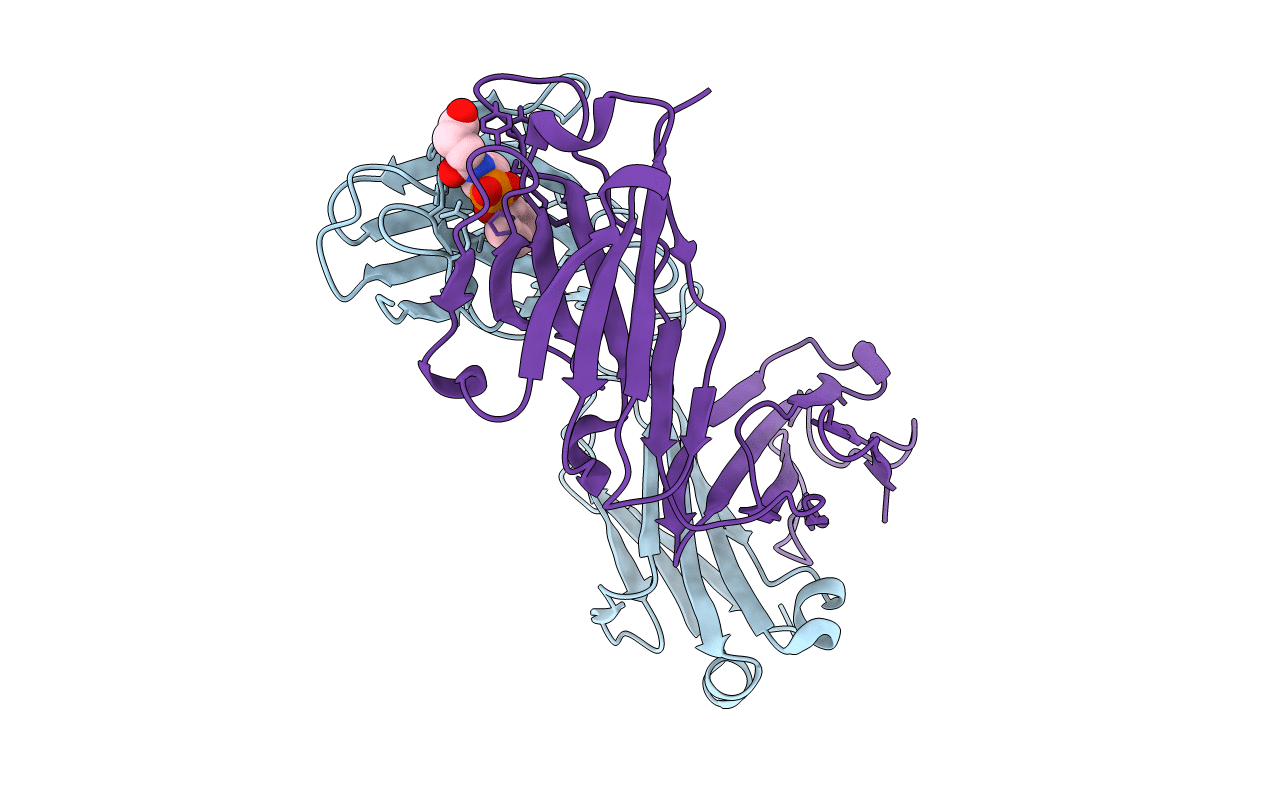
Deposition Date
1994-08-10
Release Date
1994-12-20
Last Version Date
2024-10-09
Entry Detail
PDB ID:
1EAP
Keywords:
Title:
CRYSTAL STRUCTURE OF A CATALYTIC ANTIBODY WITH A SERINE PROTEASE ACTIVE SITE
Biological Source:
Source Organism:
Mus musculus (Taxon ID: 10090)
Method Details:
Experimental Method:
Resolution:
2.40 Å
R-Value Work:
0.18
R-Value Observed:
0.18
Space Group:
P 1 21 1


